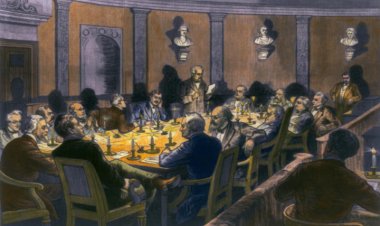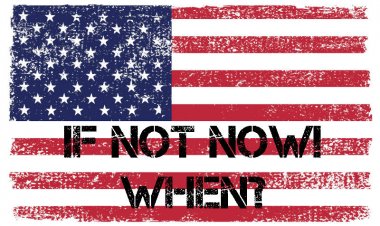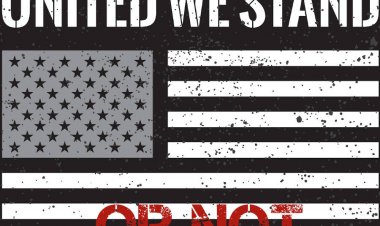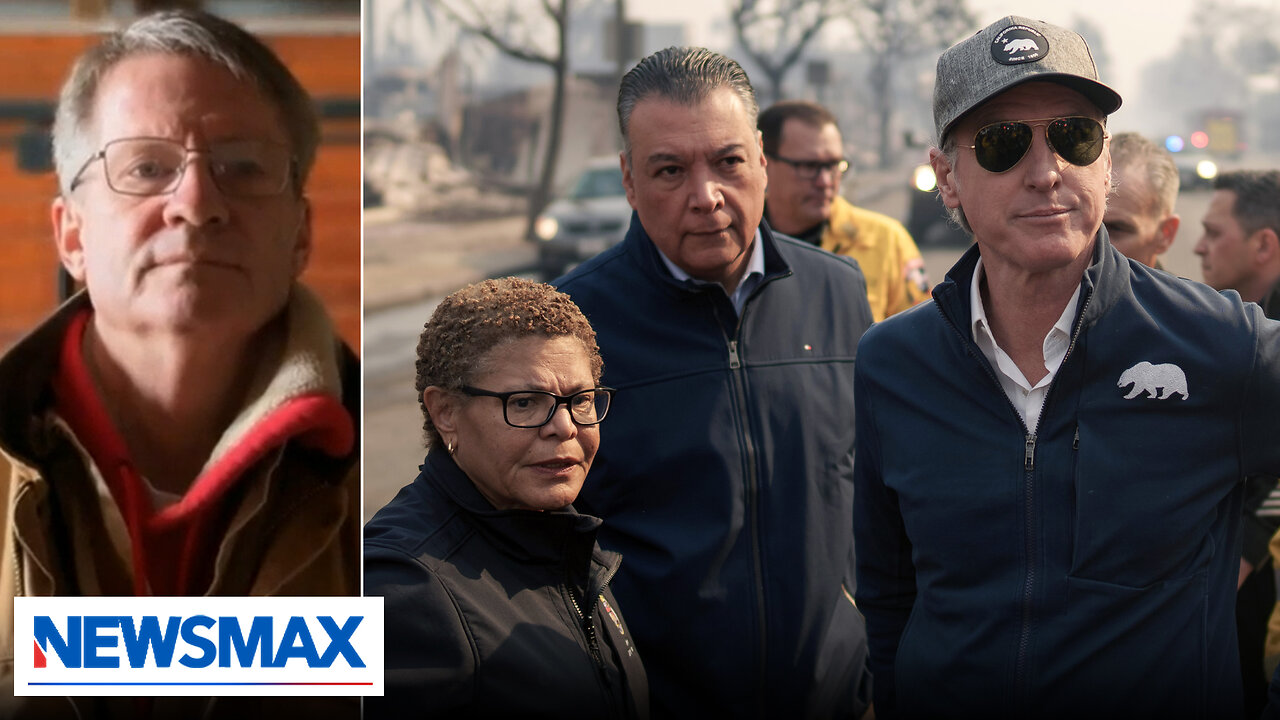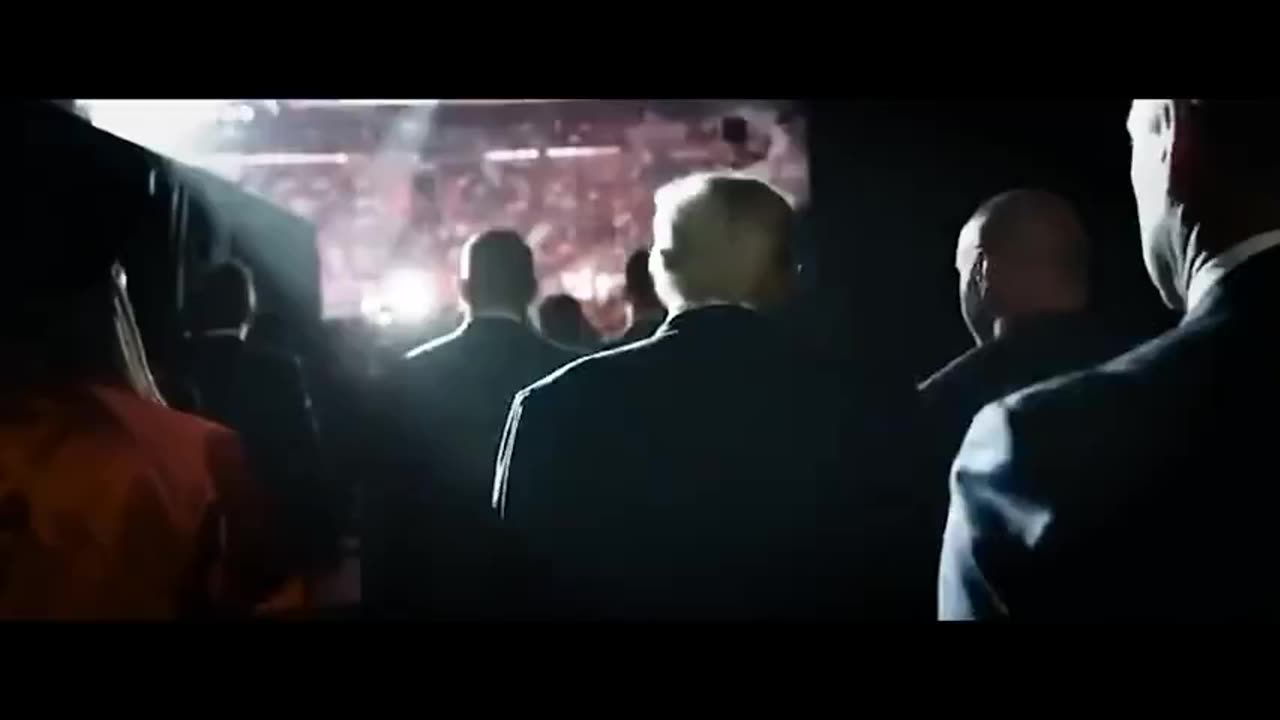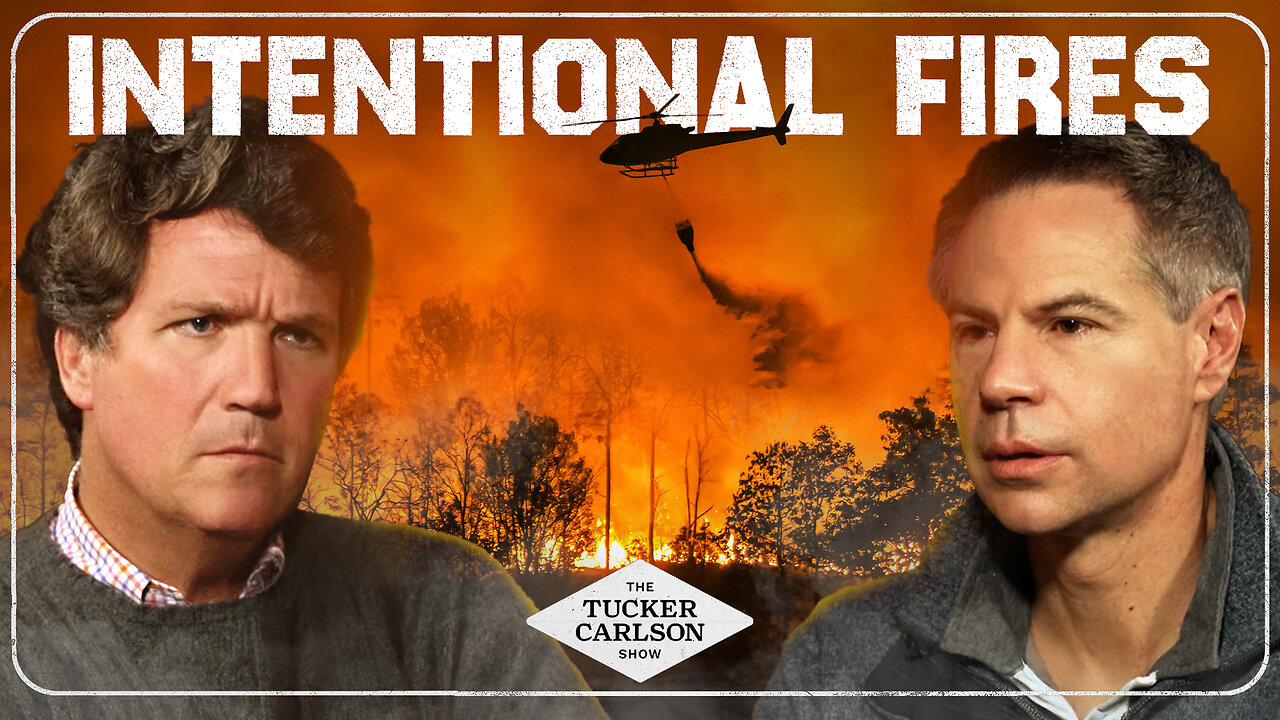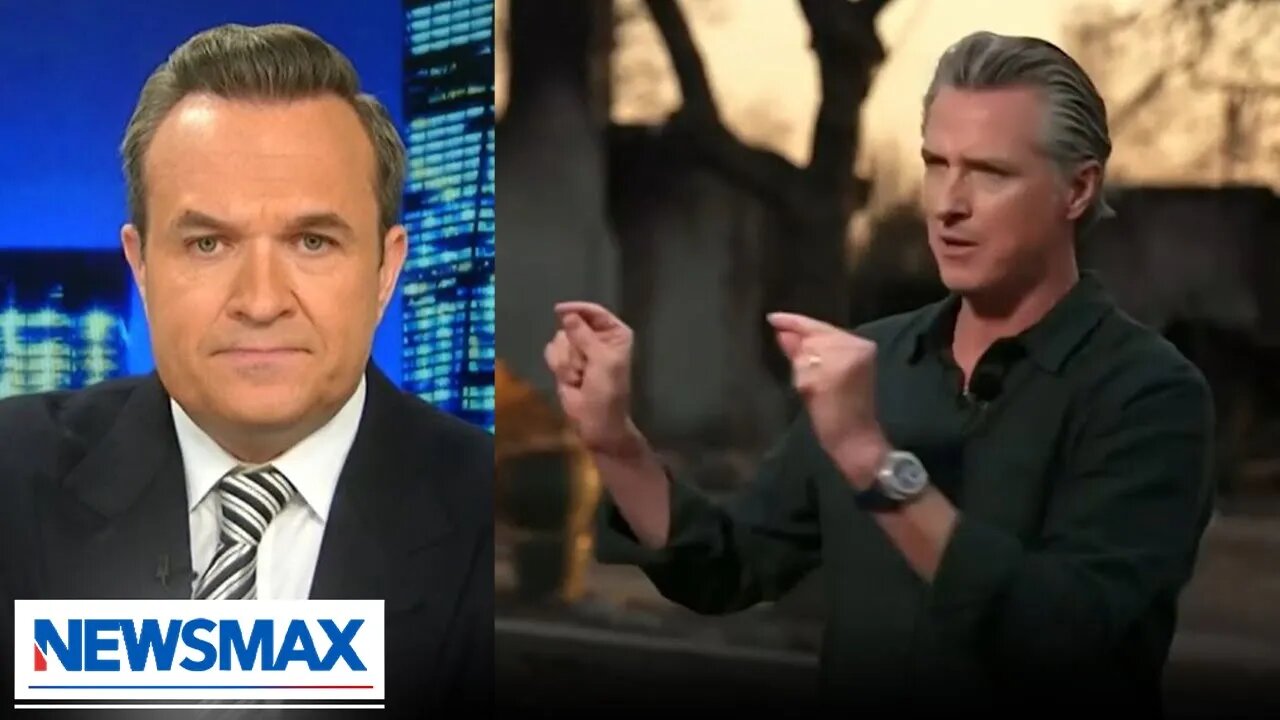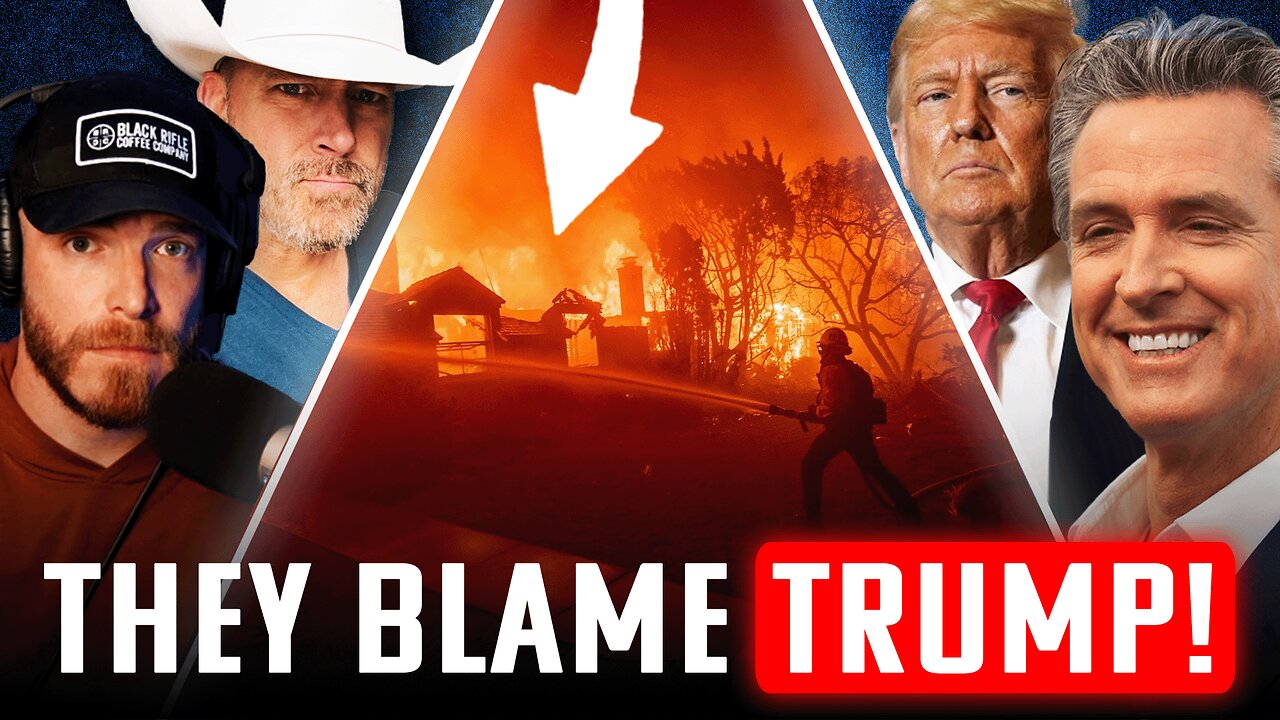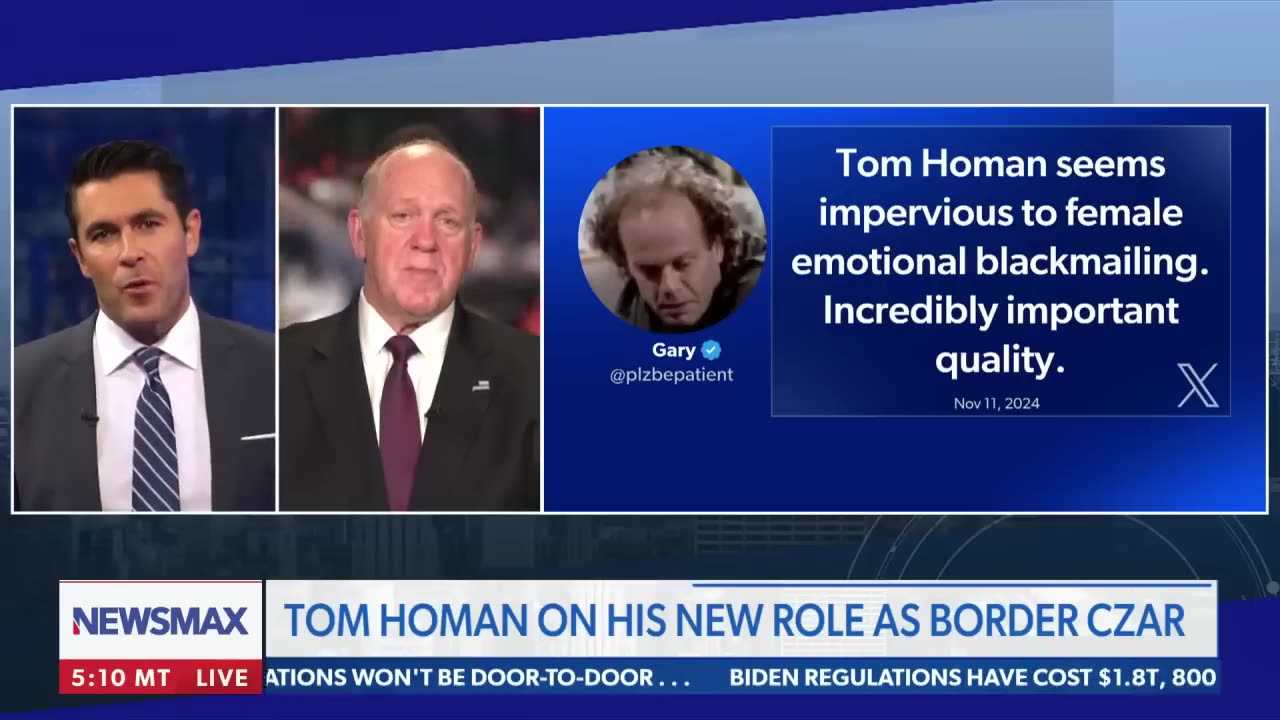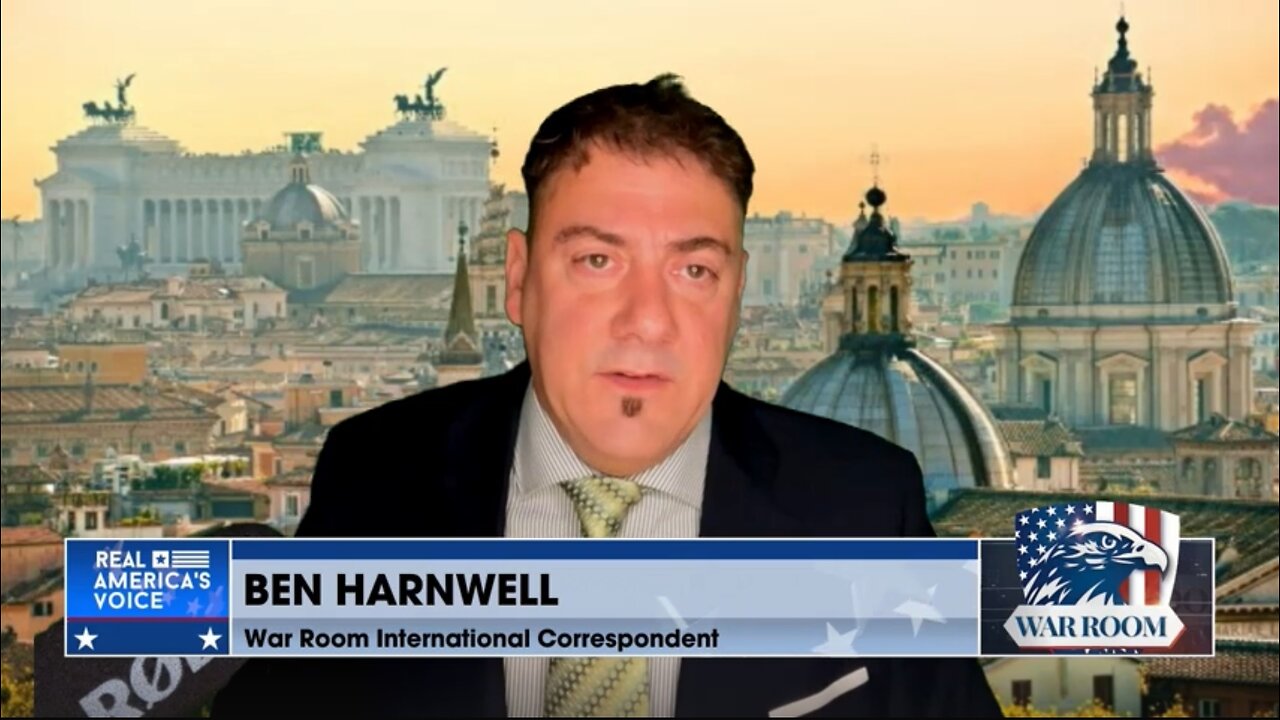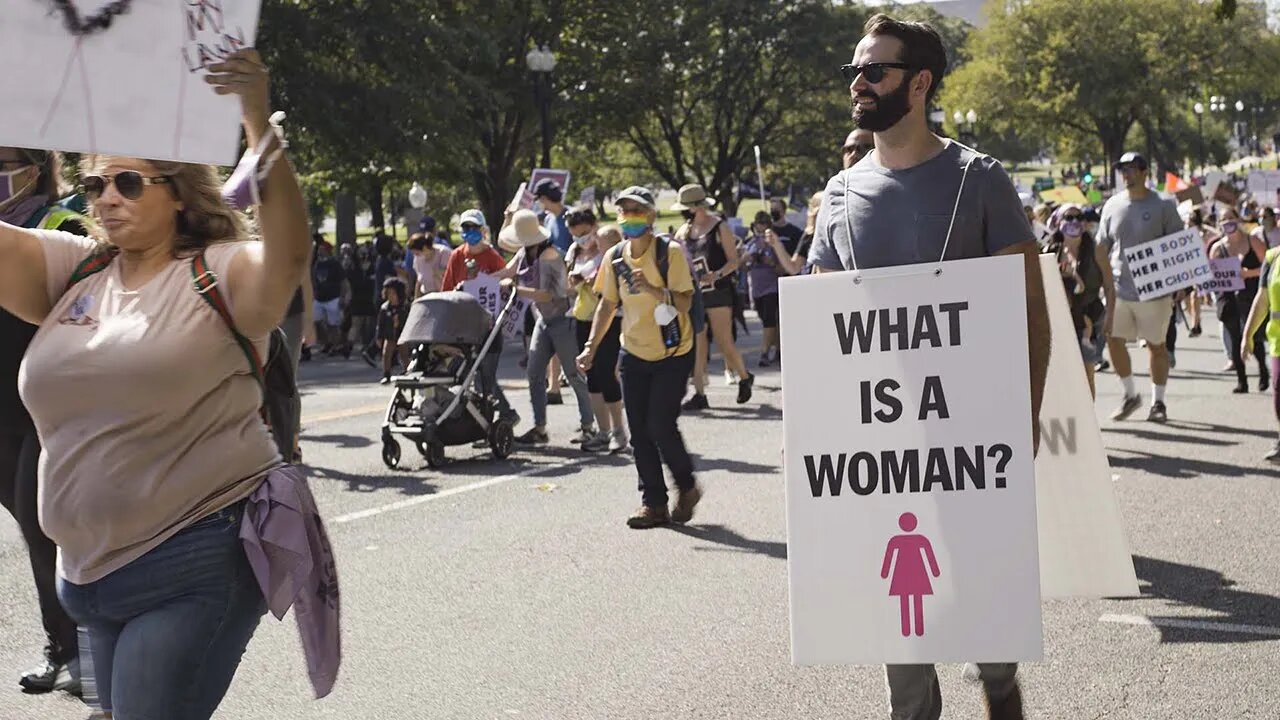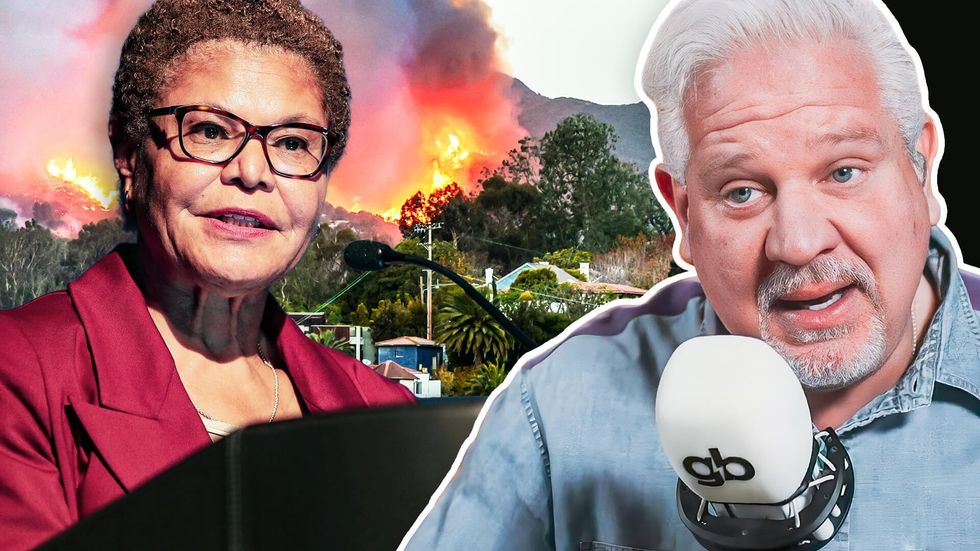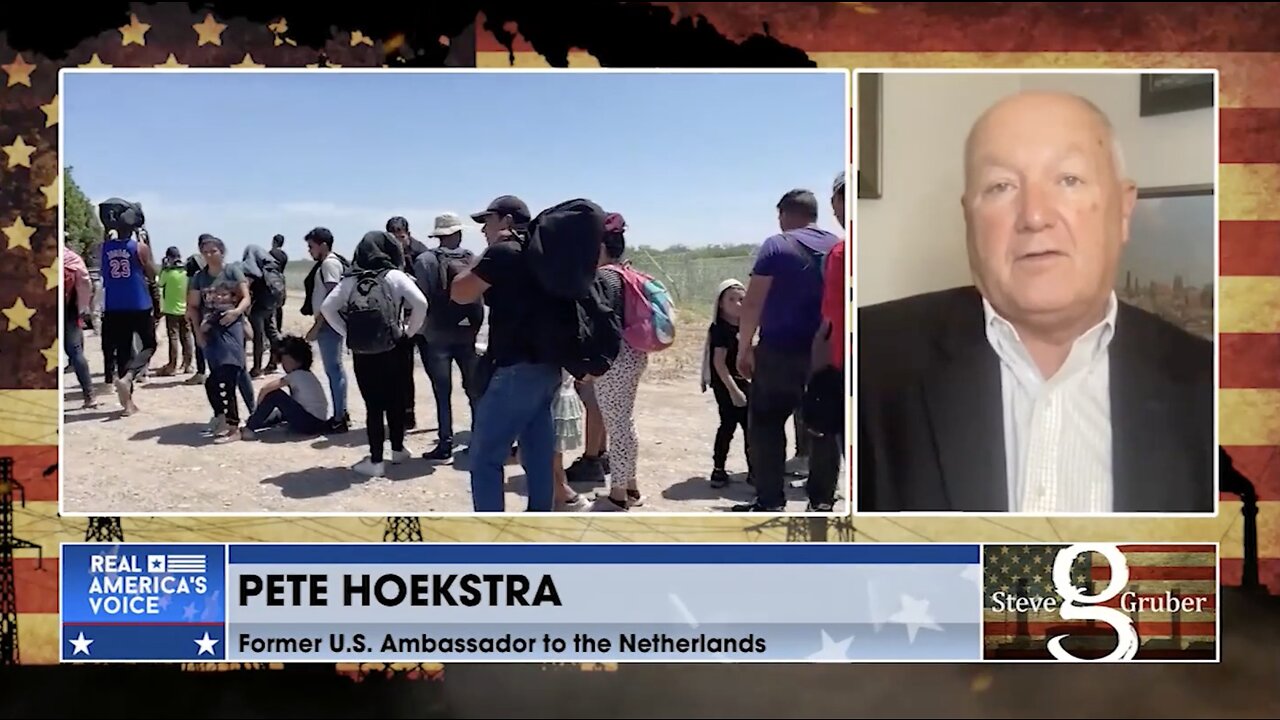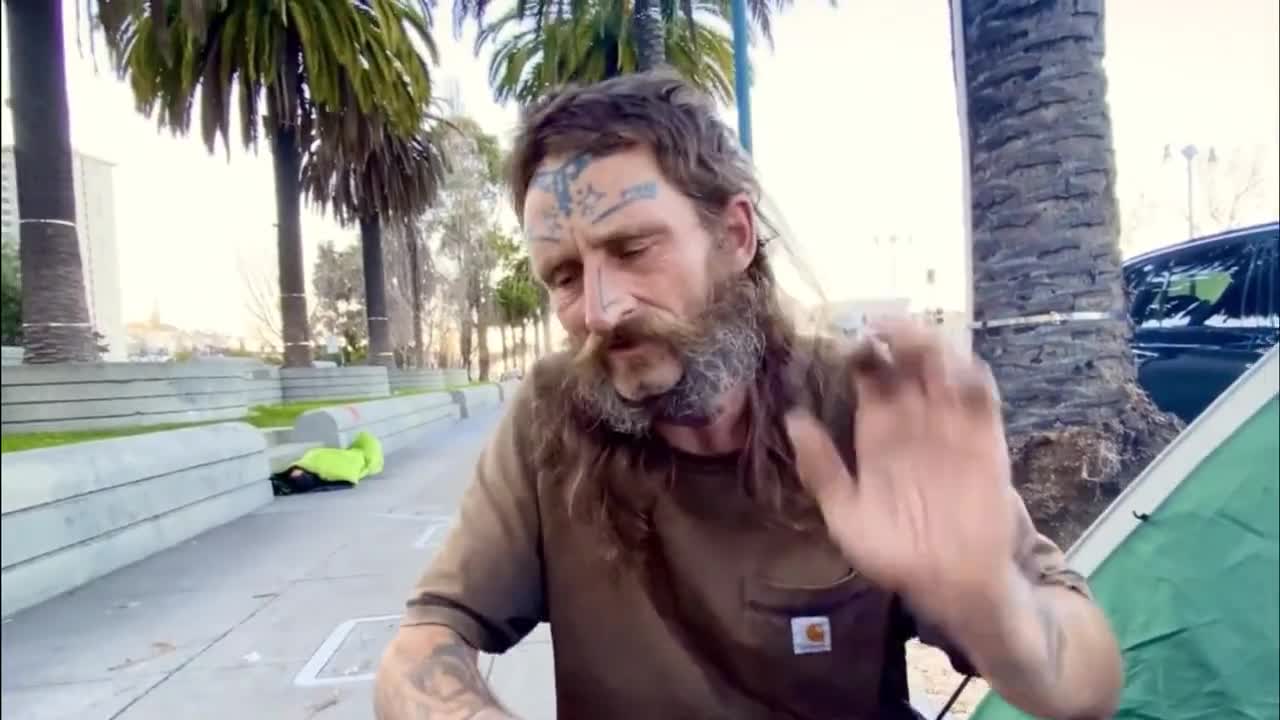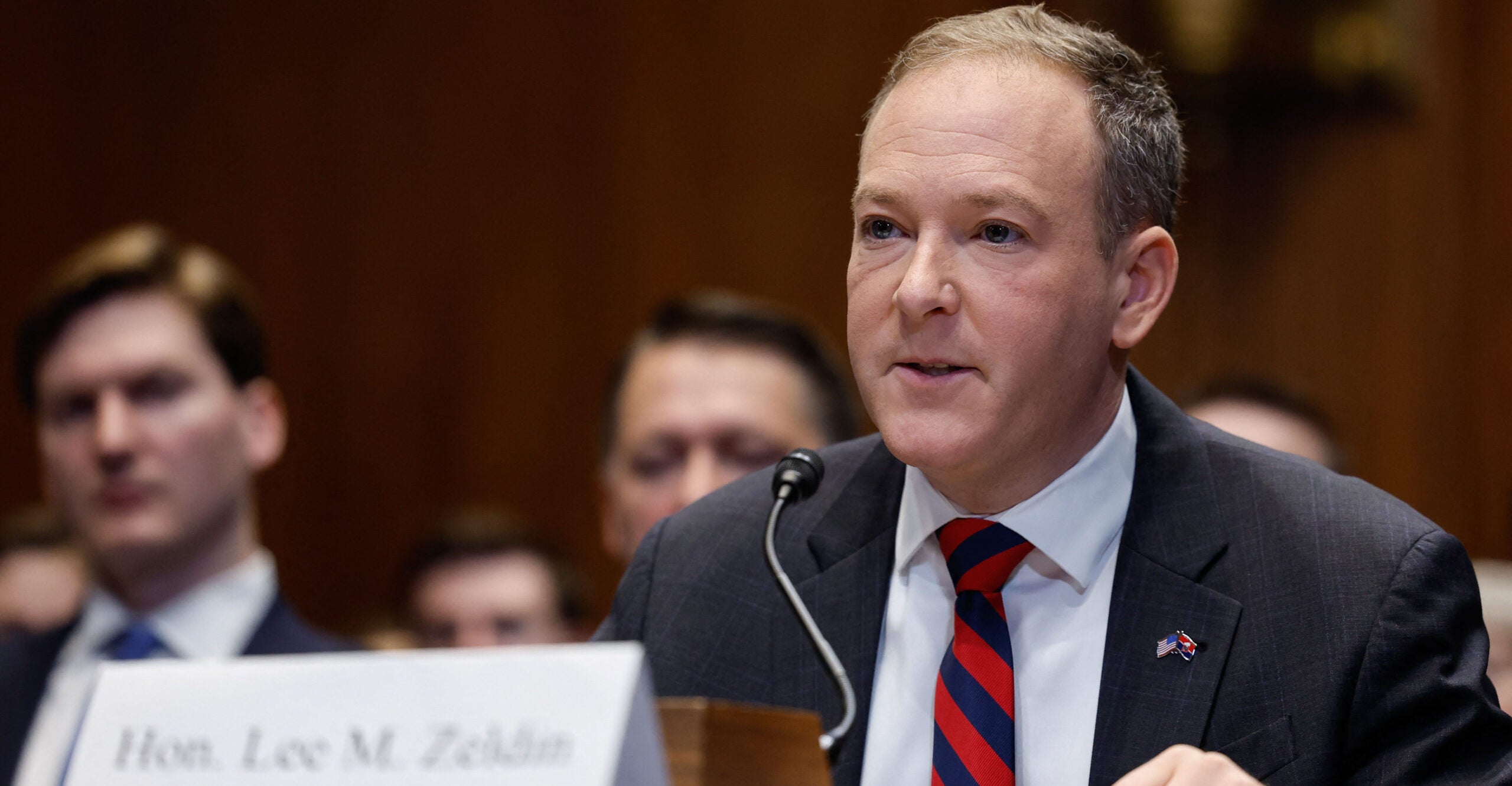A Day In Storm-Ravaged North Carolina
SWANNANOA, N.C. — On September 28th, Hurricane Helene tore through the Southeastern United States with damaging winds and historic rainfall, devastating much of the region. Bearing the brunt of the storm’s destruction was the area surrounding Asheville, North Carolina, where small towns were nearly wiped off the map by floodwaters. One of those towns is ...
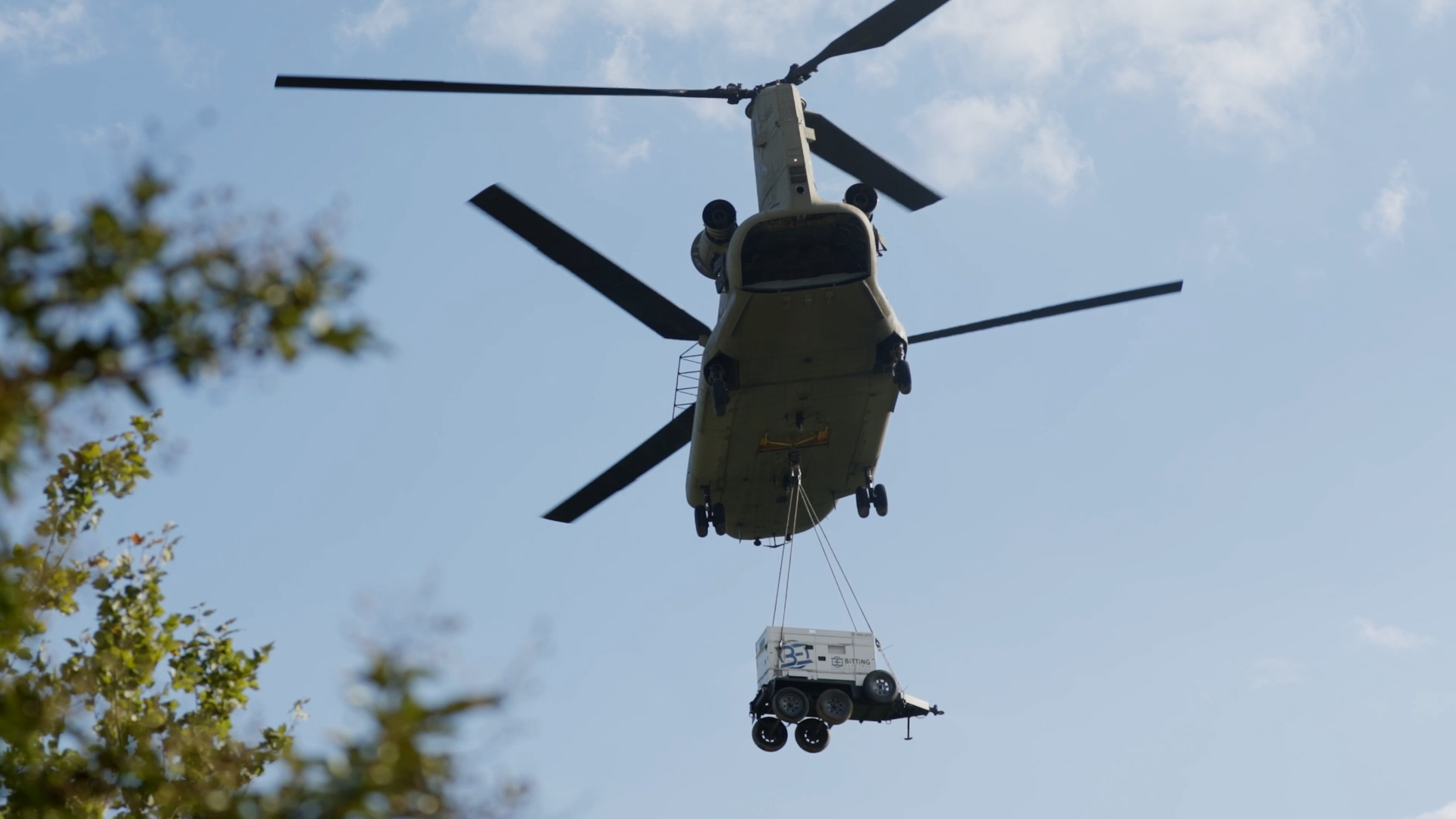
SWANNANOA, N.C. — On September 28th, Hurricane Helene tore through the Southeastern United States with damaging winds and historic rainfall, devastating much of the region. Bearing the brunt of the storm’s destruction was the area surrounding Asheville, North Carolina, where small towns were nearly wiped off the map by floodwaters.
One of those towns is Swannanoa, a tight-knit community of 5,465 tucked into the mountains ten miles east of Asheville.
Four weeks after Helene’s arrival, the town’s main stretch is all but gone. A number of buildings have disappeared, leaving nothing but their foundation, while the structures still standing are mangled heaps of muddy wood and concrete.
The devastation was unlike anything I’ve ever seen.
Driving through the town’s barely navigable streets, debris and battered shells of houses ruined by floods dot the side of the road. Each turn reveals new evidence of the devastation. An overturned 18-wheeler in a backyard. A boat resting in a patch of trees. A mangled shipping container crushing a garage.
As I drive I meet a man named Sunny, whose entire street was decimated by the storm. He and his pregnant wife and two children were trapped in their home for days without any contact with the outside world.
He says he heard his neighbors screams as they were swept off their roofs into the water, and the ominous thud of shipping containers slamming into houses all around him in the pitch black.
In the days after the storm, with no power or cell service and little food or water, Sunny lost so much weight that his wedding ring slipped off his finger.
A few streets over is Lynn, walking with a cane through a decimated neighborhood.
With clouds of dust swirling around us, tears of joy fall down her face as she excitedly tells me that her water had just returned the night before. She said she took a warm bath for the first time since the storm.
Next, I meet Jason, a relief worker standing in a flattened neighborhood that resembles the site of a nuclear bomb test.
Jason has been on the ground following more than a hundred natural disasters, but says “this is different.”
“The destruction. The people not aware of what was about to happen. The wait after — I feel for them.”
Most of Swannanoa — and many other towns in the region — is not in a flood zone, meaning the vast majority of residents had no flood insurance, or any idea floodwaters could reach them.
In the days following the storm, victims pleaded for help from the federal government, which was slow to respond.
Stepping up in their place were countless private organizations and volunteers, who raced to the region to offer help.
One of the largest private efforts is being led by Savage Freedoms — a relief group led by Adam Smith, a former Army Green Beret.
Savage Freedoms, with the help of dozens of volunteers — most of them veterans — has been using helicopters to reach residents trapped in secluded areas, off-road vehicles to deliver food, water, generators and chainsaws, and cadaver dogs to find victims.
Operating out of a Harley Davidson dealership on the edge of town, volunteers field calls from residents in need and go about coordinating relief efforts — prioritizing those in the most dire situations.
Across the street stands a tent city in a CVS parking lot, where the volunteers catch a few hours of sleep before returning to their mission.
Standing outside watching humvees being loaded with supplies, I see a man approach, duffel bags slung over his shoulder.
“I came from Missouri,” he says. “I heard you guys could use some help.”
I ride with Austin Holmes, a volunteer with Savage Freedoms, to the home of an elderly man living alone in a secluded part of town. Upon arriving we meet Larry, a Marine veteran who lives alone.
Larry tells us he has no way of getting to an appointment at the VA hospital in town, so we offer him a ride.
Driving past numerous “road closed” signs, Larry tells us that when the storm hit, he had no contact with anyone for five days, and is still without power.
“I’ve been to places where things were tough, but this right here was a wipeout.”
Returning from the hospital with Savage Freedoms’ Austin Holmes, the road we’re driving on is reduced to one lane — the other has crumbled off the side of a hill.
Looking down the hill I see a crumpled car under a pile of debris. “It looks like that car has already been searched,” Austin tells me. “I hope no one was in it.”
The scope of the damage is impossible to describe or comprehend. “This will be a years long — not months long — effort,” Holmes says.
“We cannot forget these people.”
Originally Published at Daily Wire, World Net Daily, or The Blaze
What's Your Reaction?








